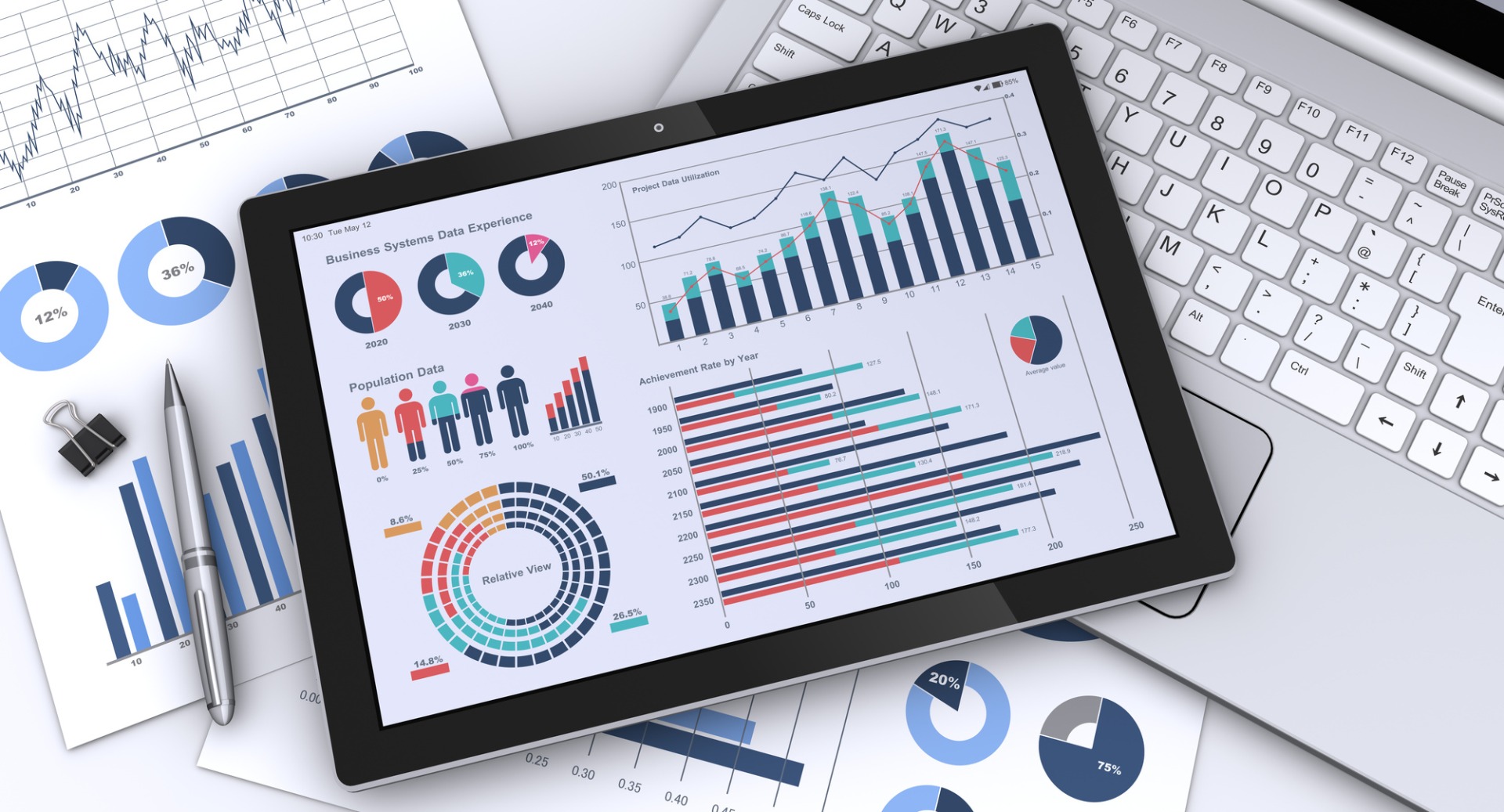Comments
- No comments found

The Study Data Tabulation Model, known as SDTM, serves as a set guideline for arranging clinical trial data in a unified way.
By doing so, it enhances the precision of clinical trial outcomes, aids in identifying trends in patient information, and assists in more informed decision-making during new drug development.
As the healthcare industry advances towards a more data-centric approach, grasping the workings of SDTM and its role in business intelligence becomes essential. For those in roles such as pharmaceutical professionals, clinical researchers, or healthcare data analysts, this article will present the advantages and implementation methods of SDTM.

Utilizing SDTM in clinical trials brings uniformity to the data format across various research endeavors. This consistency simplifies data sharing and comparison, providing a stable basis for analysis. With this standardization, healthcare practitioners can effortlessly pinpoint patterns, resulting in more precise conclusions and practical insights.
An advantage of SDTM is its enhancement of data accuracy within clinical trials. By adhering to a uniform data structure, it minimizes the chance of inconsistencies, especially when different data collection methods are used. Organizations utilizing SDTM are more likely to achieve reliable data, allowing healthcare providers to discern trends, make well-informed decisions, and recognize opportunities for growth and improvement.
Interoperability—the seamless sharing and understanding of data among various systems—is vital for effective healthcare delivery. SDTM fosters this ability by offering a shared data format that's comprehensible across different platforms. This compatibility enables uninterrupted data exchange between various stakeholders in healthcare, thereby facilitating better access to data, minimizing redundant work, and fostering collaboration.
Comparative analysis and benchmarking are essential for ongoing improvement in healthcare. By facilitating the comparison of big data sets across diverse clinical trials and areas of study, SDTM allows researchers to identify trends, effective practices, and areas for potential growth. These insights are invaluable in optimizing treatments and assessing the success of different medical interventions.
Regulatory compliance is a critical aspect of healthcare, especially in clinical trials. SDTM aids in this by outlining a specific structure and vocabulary for data reporting to regulatory bodies like the FDA. By utilizing SDTM, healthcare organizations can align their data submissions with regulatory standards, expediting the approval process, minimizing delays, and enhancing the integrity and reliability of the data they present.

Start by assessing your current data landscape to understand what alignment is needed to comply with SDTM standards. Recognizing existing systems and identifying areas of improvement will form the foundation for successful integration.
Developing a comprehensive and strategic plan is essential for a smooth SDTM implementation. Consider timelines, resources, and potential obstacles, creating a roadmap that guides the process while allowing flexibility.
Training is essential for leveraging SDTM effectively. Provide workshops and continuous support to ensure staff understand the process and the benefits it brings to data management.
Constant monitoring and evaluation allow for timely adjustments and refinements. Regular assessments ensure that the implementation aligns with organizational goals, leading to long-term success and increased value from SDTM.

SDTM's standardized framework helps in organizing clinical trial data, which may contribute to increasing the reliability and consistency of the data used in trials. Researchers can confidently interpret results with more uniform data, fostering more targeted and successful clinical studies.
Pharmaceutical companies often rely on SDTM to guide drug development processes. The standardized data helps identify promising drug candidates more efficiently, reducing costs and accelerating the development timeline.
SDTM supports streamlined data analysis within clinical trials, which might indirectly contribute to efficiencies and potential cost savings in the broader healthcare system. Efficient data handling translates to more timely decisions, saving time and resources.
Enhanced patient care is one of the potential benefits of implementing SDTM in healthcare data management. SDTM equips healthcare providers with comprehensive tools for in-depth data analysis. Healthcare providers can better understand patient needs through its use. This understanding promotes individualized care, leading to more positive patient experiences and outcomes.

The process of implementing SDTM may come with its hurdles, such as data conversion challenges. However, concentrating on aspects like comprehensive training, teamwork, and strict adherence to the guidelines can mitigate these issues. By adopting best practices, including strategic planning and consistent oversight, the potential of SDTM in enhancing healthcare business intelligence can be fully realized.
SDTM is widely recognized as a valuable tool in healthcare for standardizing clinical trial data. This standardization can play a part in enhancing business intelligence within the sector. Its role in arranging and standardizing clinical trial information significantly refines analytical quality. It also contributes to improved patient care and decision-making by facilitating collaboration and data sharing.
If you wish to refine your approach to business intelligence, consider implementing SDTM. Its tangible benefits make it an excellent starting point.
Leave your comments
Post comment as a guest